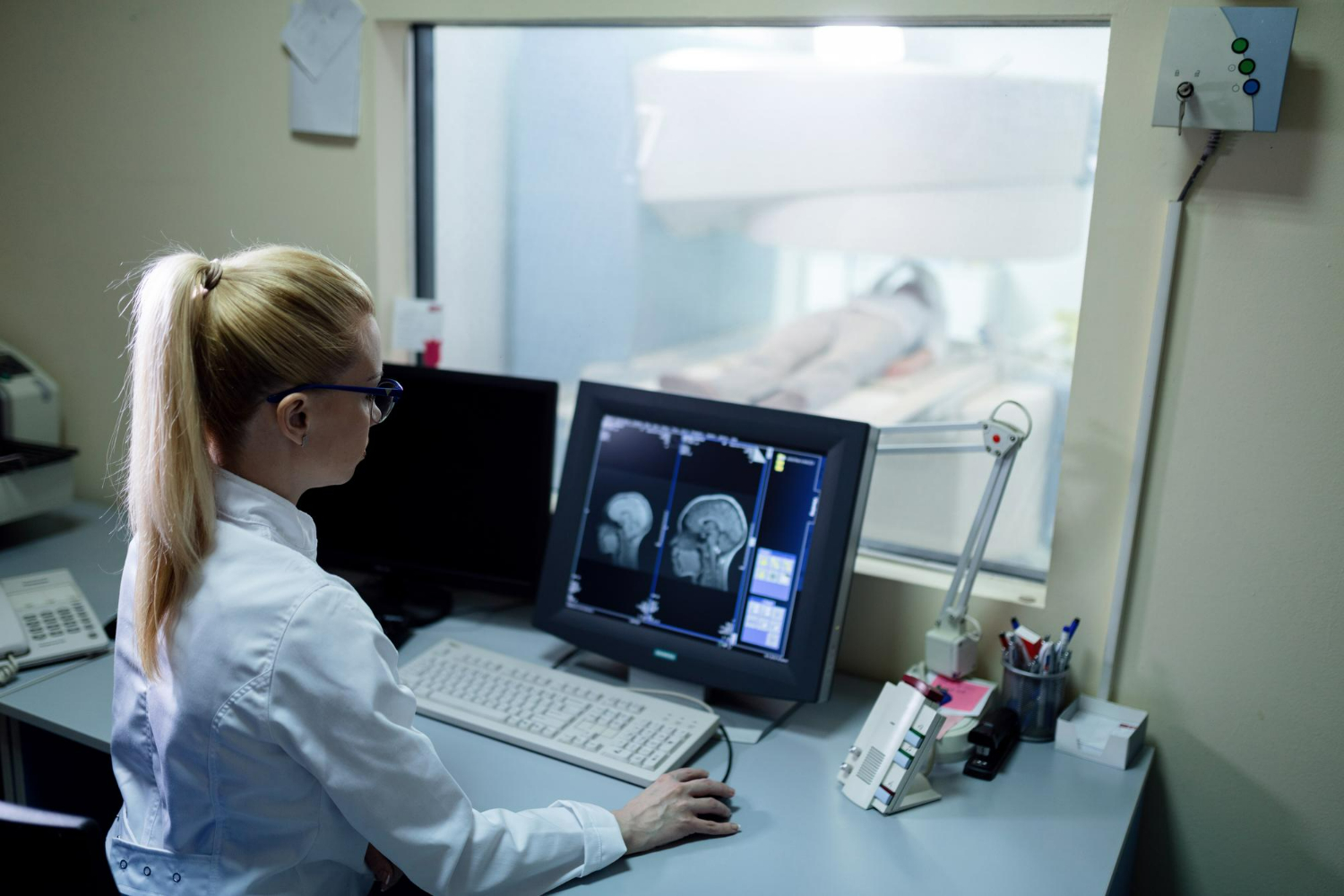Introduction
Catatonia, a neuropsychiatric syndrome characterized by a range of motor, cognitive, and behavioral symptoms, presents a complex diagnostic and treatment challenge. Understanding the journey from diagnosis to treatment is crucial for providing effective care to individuals with catatonia.
Understanding Catatonia
Catatonia manifests through a variety of motor symptoms, such as immobility or excessive movement, coupled with cognitive and behavioral features like mutism or echolalia. Diagnosis relies on specific criteria outlined in the Diagnostic and Statistical Manual of Mental Disorders (DSM-5), necessitating differentiation from other psychiatric and neurological conditions.
Identifying Risk Factors and Triggers
Various underlying conditions, including schizophrenia, mood disorders, and neurological disorders, increase susceptibility to catatonia. Environmental triggers such as stressful events or substance use may precipitate catatonic episodes, highlighting the importance of comprehensive assessment and risk identification.
Diagnostic Assessment
The diagnostic process involves thorough medical history-taking, physical examination, and psychiatric evaluation. Observation of symptoms and the use of screening tools aid in confirming the presence of catatonia and ruling out alternative diagnoses.
Neurobiological Basis of Catatonia
Neurotransmitter dysregulation, particularly involving dopamine and gamma-aminobutyric acid (GABA) systems, underlies the pathophysiology of catatonia. Brain imaging studies reveal structural and functional abnormalities, implicating disrupted neural circuits in the manifestation of catatonic symptoms.
Treatment Approaches
Pharmacological interventions such as benzodiazepines and electroconvulsive therapy (ECT) serve as first-line treatments for catatonia. Non-pharmacological therapies, including psychosocial interventions and repetitive transcranial magnetic stimulation (rTMS), offer additional options for symptom management.
Challenges in Management
Treatment resistance and adverse effects of medications pose significant challenges in managing catatonia. Individualized treatment plans and close monitoring are essential for optimizing outcomes and minimizing risks associated with therapy.
Prognosis and Long-Term Care
Recovery rates vary among individuals with catatonia, with prompt diagnosis and intervention playing a key role in prognosis. Rehabilitation and support services facilitate long-term care and promote functional recovery for individuals affected by catatonia.
Emerging Research and Future Directions
Ongoing research endeavors focus on exploring novel treatment modalities and advancing neuroimaging techniques to enhance diagnostic accuracy and treatment efficacy. Continued collaboration among clinicians and researchers is essential for driving innovation in catatonia management.
Conclusion
In conclusion, navigating the journey of catatonia requires a multidisciplinary approach encompassing comprehensive assessment, evidence-based treatment, and ongoing support. By understanding the complexities of catatonia from diagnosis to treatment, healthcare professionals can optimize care delivery and improve outcomes for individuals affected by this challenging condition.

















